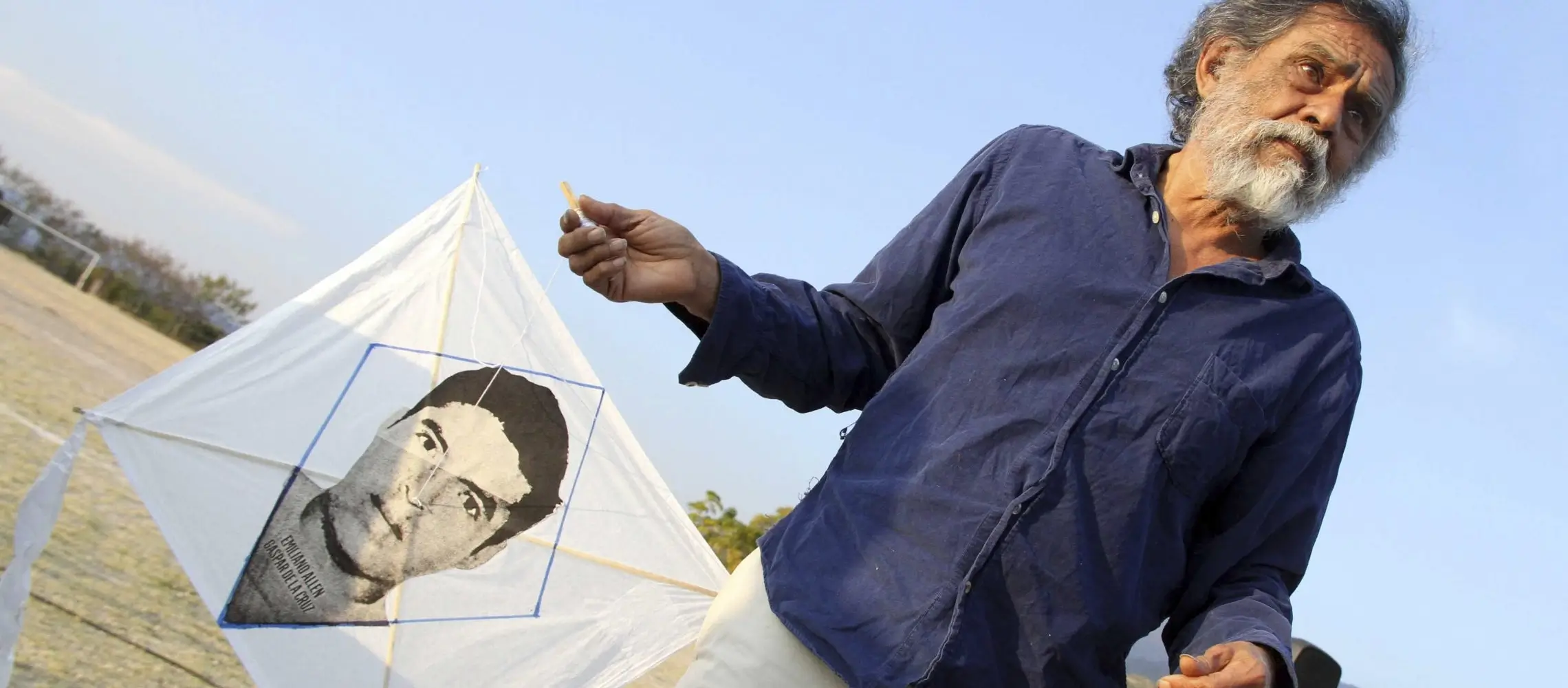By Sebastián Velasco Rallo Francisco Toledo, born in Mexico City on July 17, 1940, was a multidisciplinary artist and philanthropist. Raised in Juchitán Oaxaca, his family’s town of origin, he showed interest in the arts from a young age, which led him to attend Arturo García Bustos’ workshop at the age of 12. He dedicated his life to sculpting, engraving and poetry, always promoting the cultural and artistic diversity of Oaxaca, as well as the defense of human rights and environmental preservation.
Art with Humanitarian Purpose
His work was always enticed with humanistic ends, including his emblematic kites, which he made from recycled paper. They worked as canvasses for animals, people, as well as anthropomorphic and mythological beings, images filled with life and local folklore. Despite his pretty designs, the work’s backstory is a tragic one. They were made in response to the disappearance of the 43 students from the Raúl Isidro Burgos Normal School, in Ayotzinapa. With the help of primary school students, Toledo designed 43 kites, symbolizing the endless search for the young men. He suggested that “if they were not found on earth, perhaps they would appear in the sky, closer to God.” The graphic pieces were created with the Taller Arte y Papel de San Agustín Etla, a decommissioned hydroelectric plant that has been producing natural paper from plants in the region since 1999. 
Ancient Art and Nature
This studio continued to produce these pieces with the artist’s plates, even after his death. Toledo was inspired by Aboriginal art and Australian cave art, portraying animals, insects and people, all charged with movement, humor and erotism. His works are a beautiful portrait of our humanity, the world around us and our need to connect with its living beings. His work proves that activism is a necessary element for modern art.

